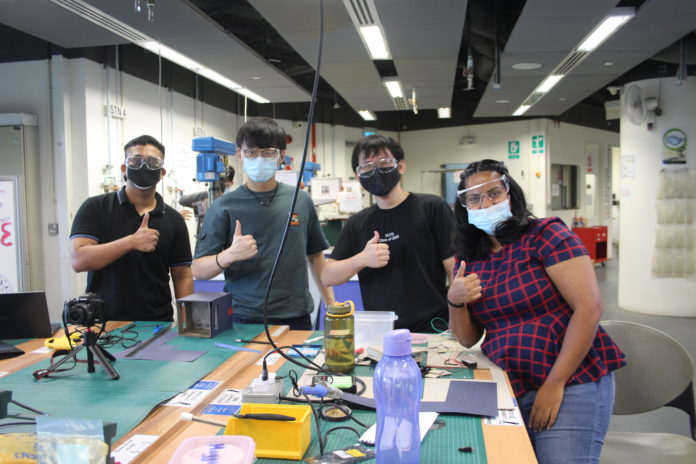Virtual FACT programme for ‘Designing Energy Systems @ Shenzhen Technology University (DESxSZTU)’, 23 – 26 Aug 2021
Before the Virtual FACT, I had few expectations. The Covid-19 pandemic had dampened the mood. My desire for travel has never been greater. It was to the extent that I would place pictures of exotic destinations as my wallpaper. Moreover, I was afraid. I had never taken this module and I had no idea what to expect from a 4-day programme, or what I previously thought would be a crash course. I thought it would be a barrage of lectures over a Zoom Meeting. Nonetheless, these were nothing but needless thoughts.
On Day 1, the programme was kickstarted by both the SUTD Science, Maths & Technology Cluster Head, Prof. Ricky Ang, and SZTU Dean of College of New Materials and New Energies, Prof. Han Peigang. We were then guided throughout the programme by Prof. Kwan Wei Lek from SUTD and Prof. Hu Yunfei from SZTU. Both professors provided a virtual tour of their universities. Afterwards, we took turns in sharing our experiences. We shared about our student culture, the educational experience that we cultivate and the recent projects that we have worked on such as our 3.007 Design Thinking & Innovation and their Renewable Energy Projects.
Soon after, we organised ourselves into smaller groups and proceeded to interact with one another. We used Miro to facilitate this process. We introduced ourselves with a picture and our favourite food. Not all of us knew one another as it had been difficult to interact during the pandemic. As such, it was also an opportunity to get to know my local friends as well.
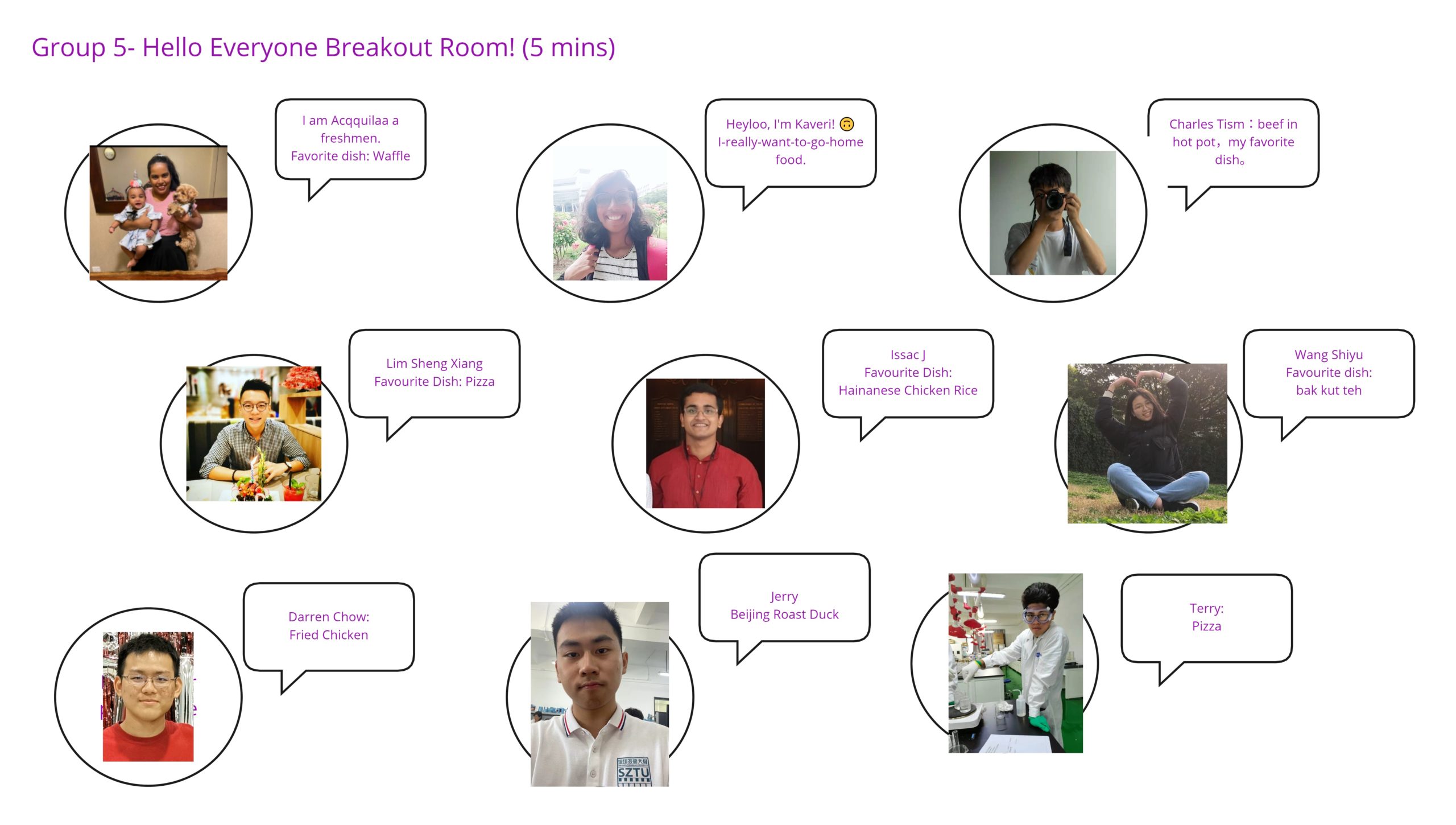
A Miro Board composing of my group and their favourite dish.
After introducing ourselves, we then proceeded to form a set menu to display our team’s favourite dishes and a unique narrative that went along with it. Every group had an opportunity to present their menu. We had a lot of fun carrying out this activity, making new friends and presenting our unique menus. Afterwards, we had a cohort-based ice-breaker activity where we play Charades over the Zoom Meeting.
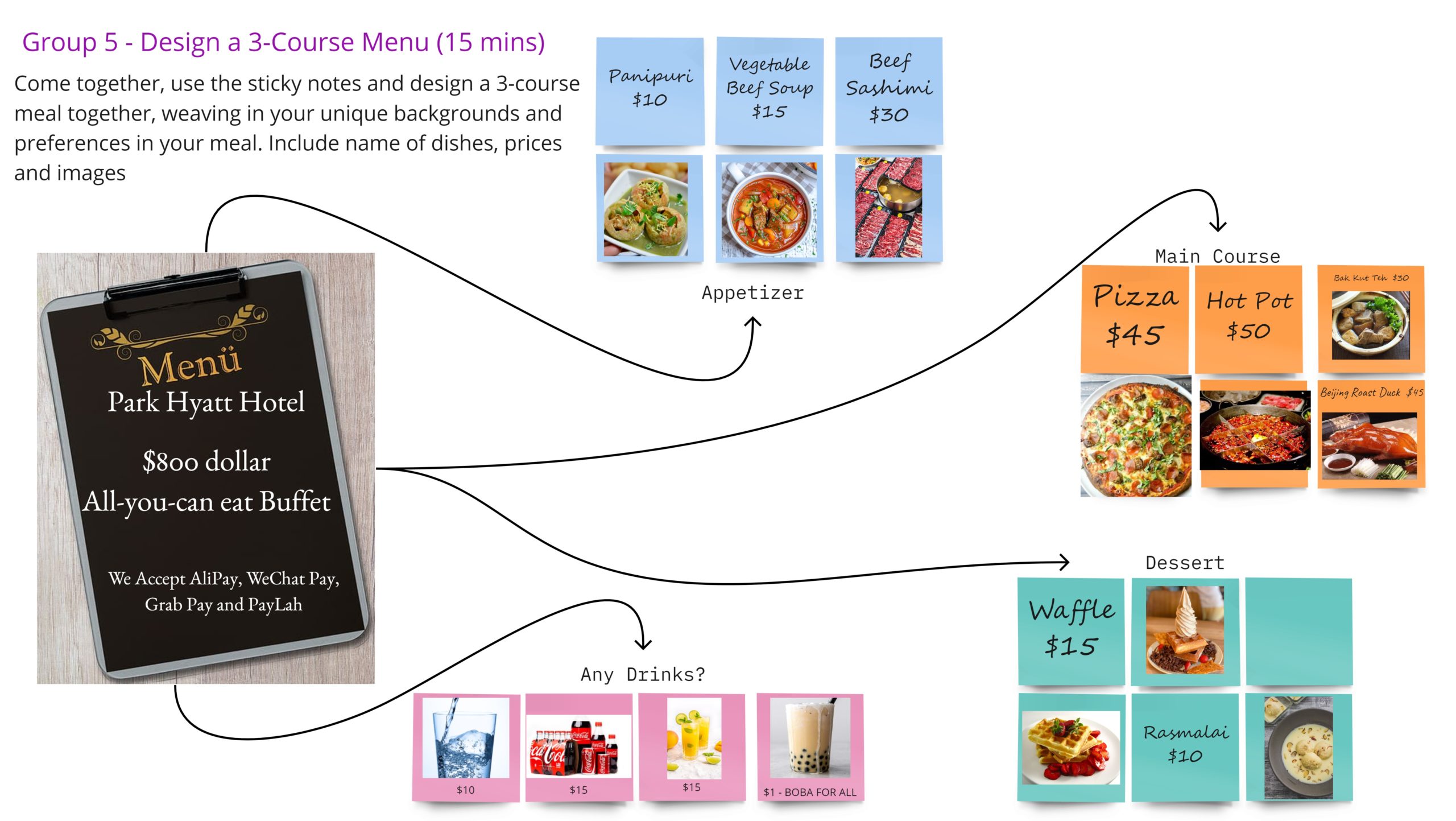
A Set Menu was crafted by my group during the team-based icebreaker activity.
Finally, to end the day, we were briefed on our Design Projects for the programme. The students from SZTU were to design and create a solar-powered thermal baker while the students from SUTD were to design and create a solar-powered mosquito trap.
On Day 2, we began with a Design Thinking activity where we uncovered the basic requirements of a Mosquito Trap and analysed a 3D CAD model of a mosquito trap. We then worked on ideating a quick prototype of a mosquito trap.

A 3D Exploded Model of a Mosquito Trap displayed on Autodesk Fusion 360.
In the afternoon, we proceeded to create a physical prototype in the SUTD FabLab. We had to take note of the engineering considerations and constraints in which we can create an efficient and sustainable prototype for field testing. We would later be collecting data from our prototype as well. A lot of time was given to us to think and work. Overall, it was engaging to ideate together on this project.
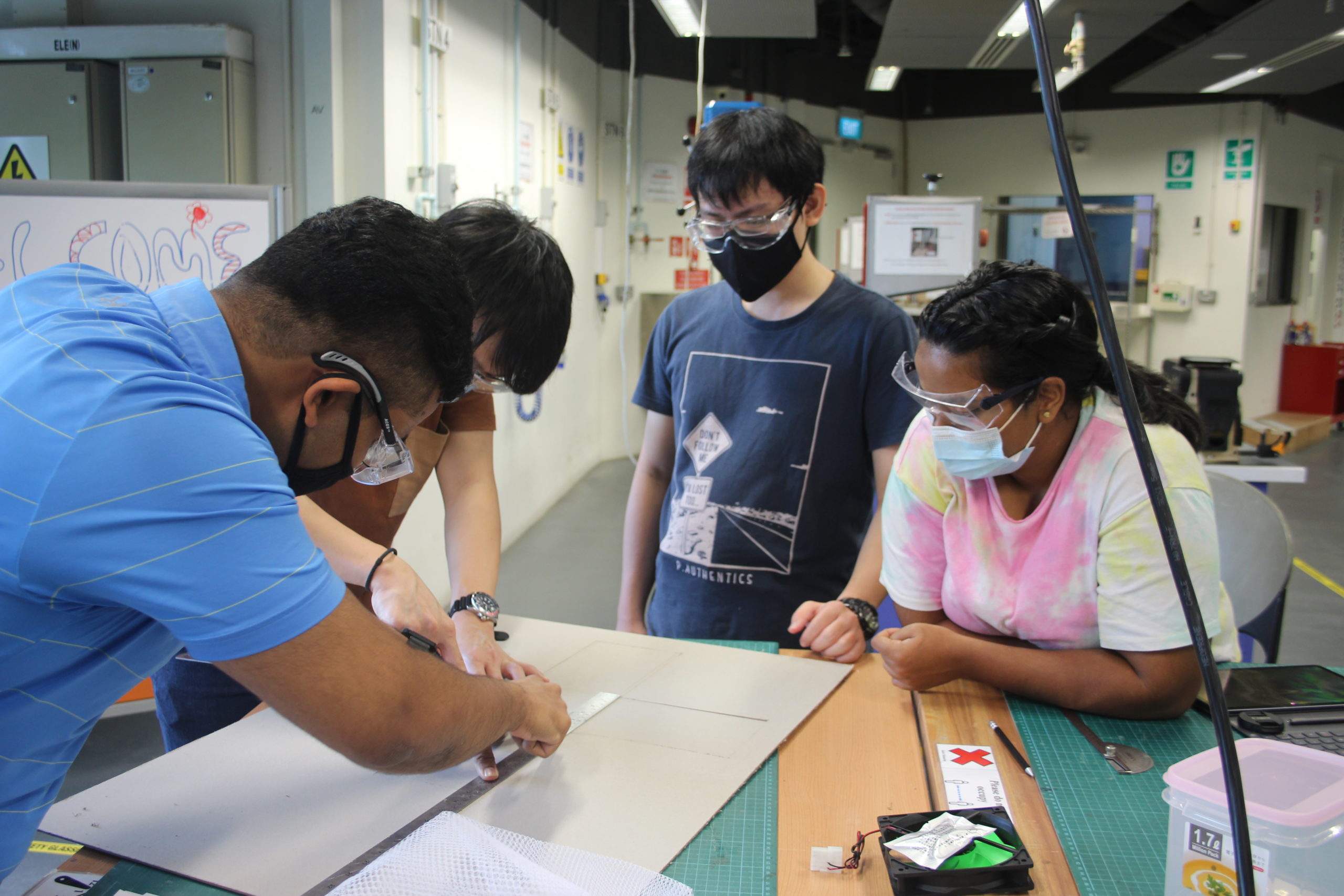
SUTD students working on their prototype at the SUTD FabLab.
Finally, towards the end of the day, we had a lecture on Solar Stand-Alone Systems by Prof. Kwan Wai Lek and Introduction to Solar PV modules by Prof. Hu Yunfei. We even had a sharing session and a WeChat Livestream Lecture presented by Prof Yang Fan from SZTU. This marked the highlights of Day 2.
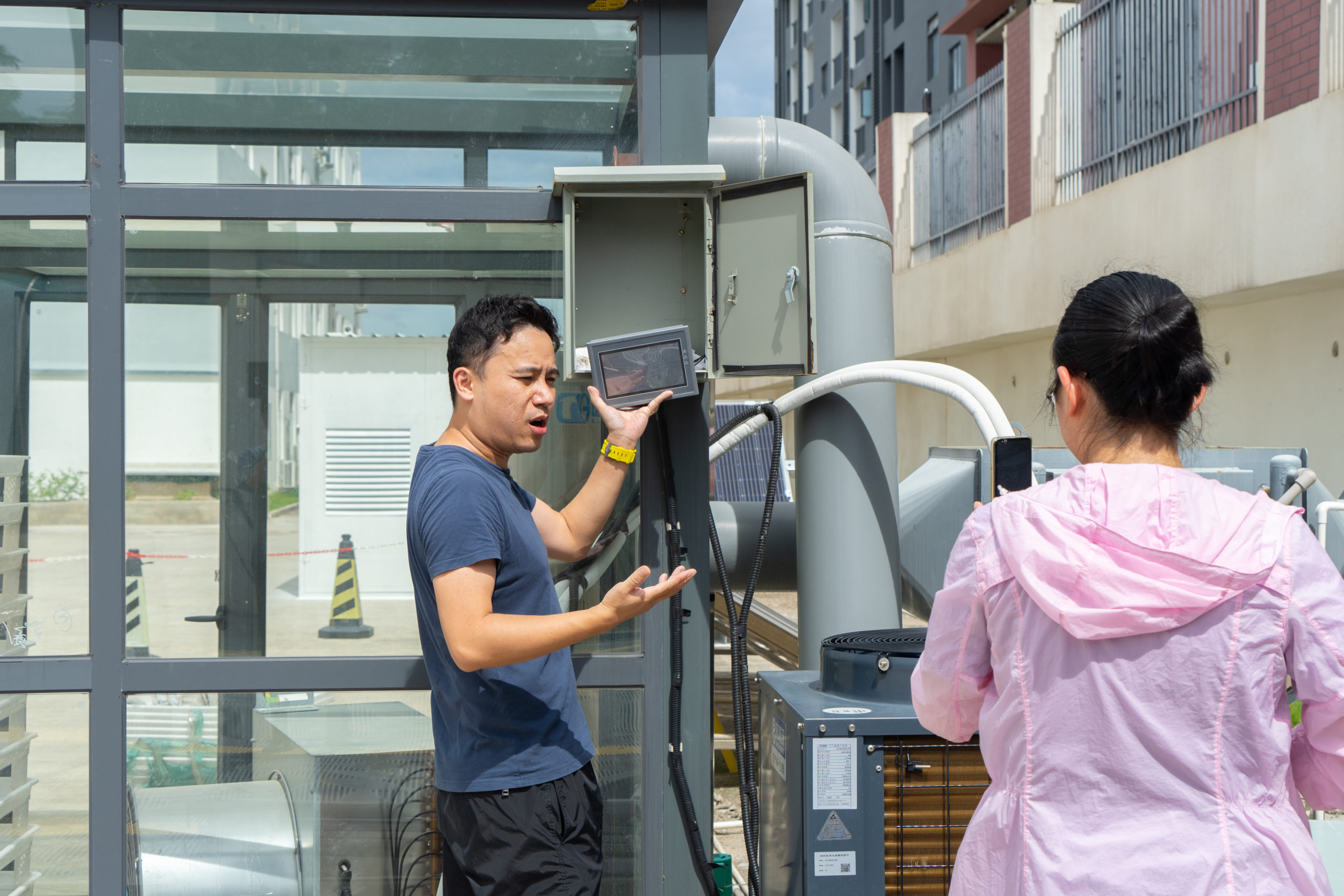
Prof. Yang Fan introducing to us a Production-grade Solar Charge Controller.
On Day 3, we reconvened to continue working on our projects. Some of us waterproofed our prototypes for field testing. We had almost completed the physical structure of our prototype and were going to prepare the electrical components of our solar-powered mosquito trap.

SUTD student, Wang Lin, is applying the polyurethane coating on his team’s prototype.
Soon after, we had set up our electrical circuit, chose our appropriate Solar Panel configuration for our prototype and configured our Solar Charge Controller. Our professors went to each group to test our circuits in preparation for field testing.

Prof. Wai Lek helping to test the circuit configuration of the group’s prototype.
Finally, we brought our prototypes to the field and did our final test to ensure that they are ready for data collection.
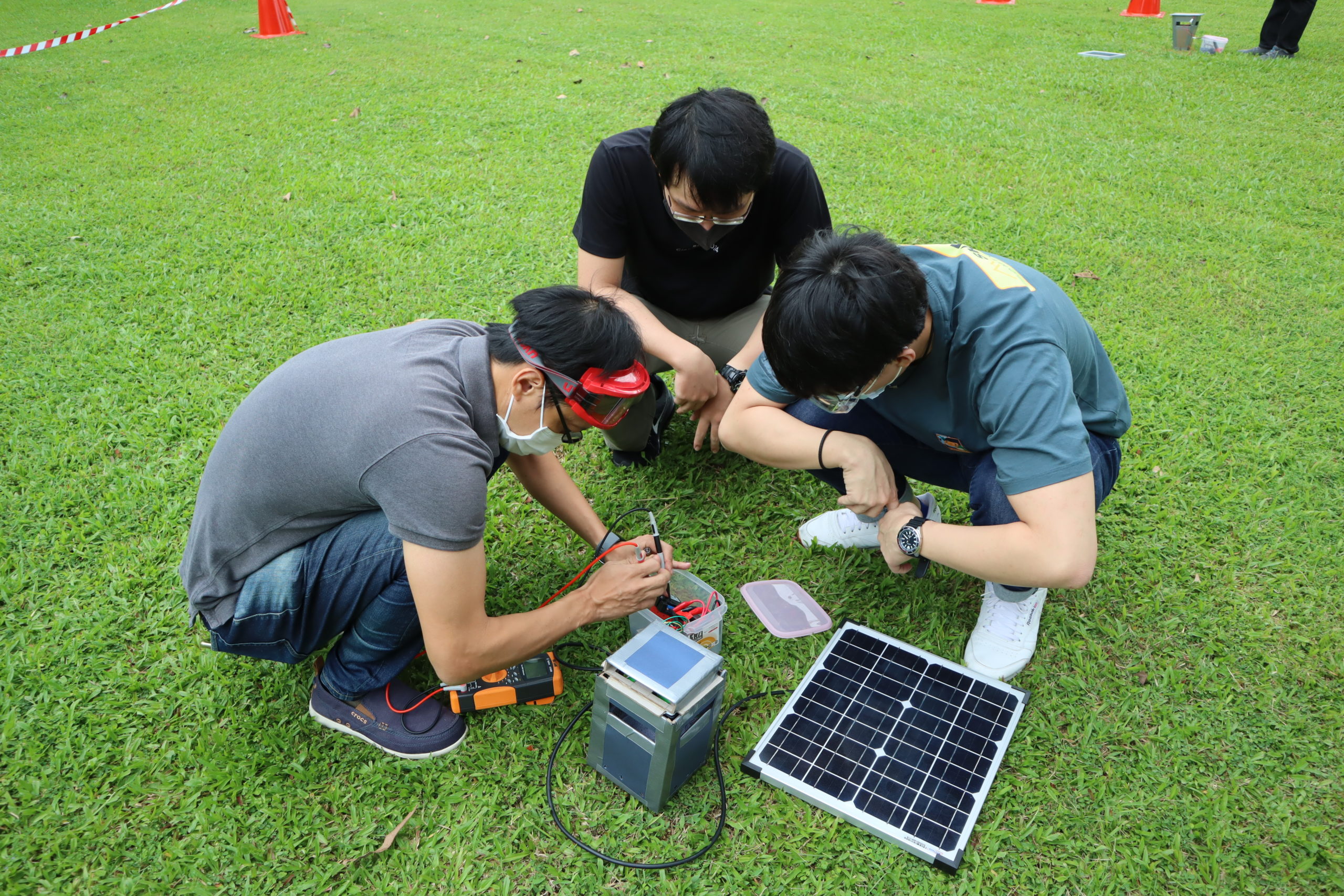
Final Testing outdoors before we began collecting data for our Prototype
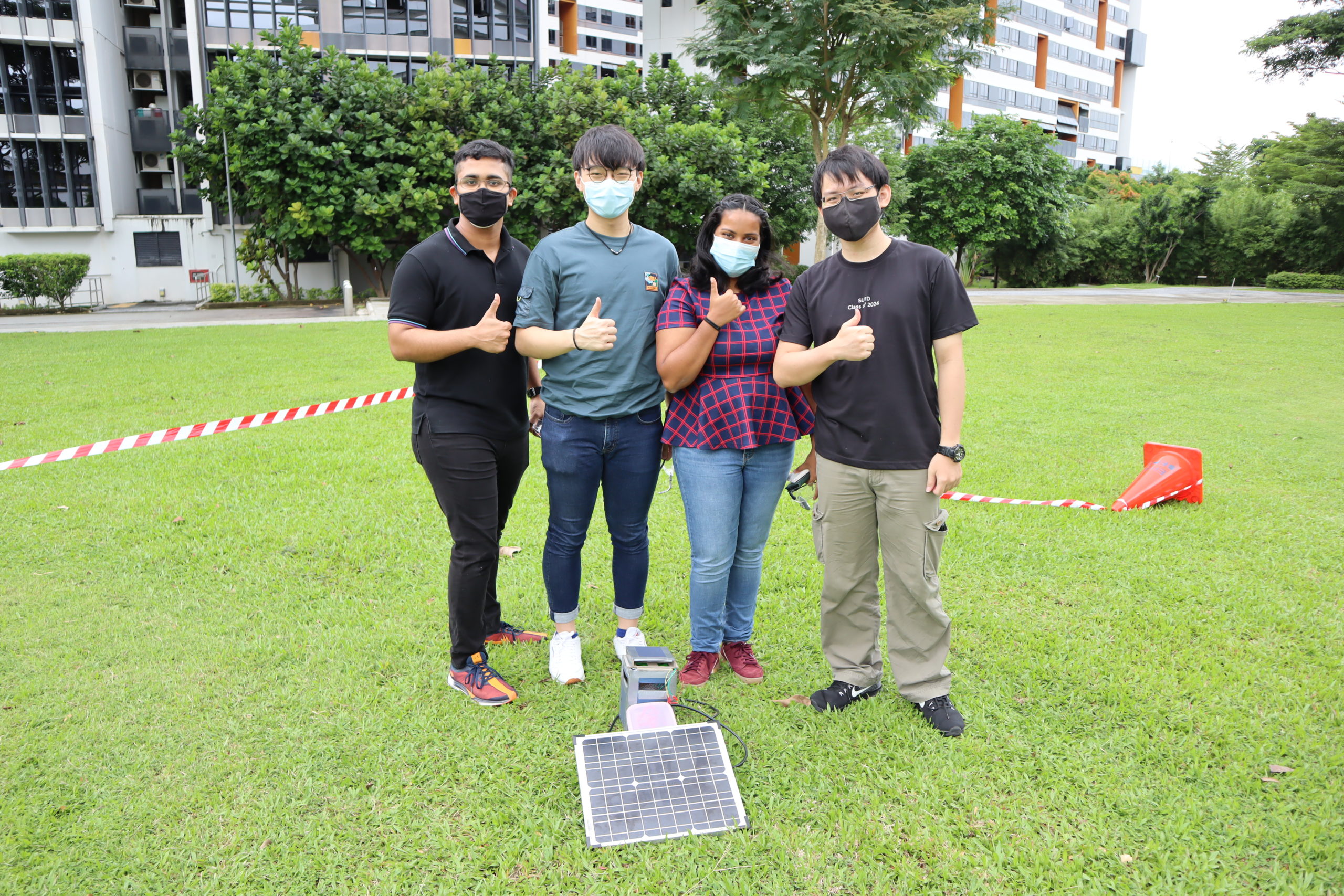
Our Prototype is all good to go for Data Collection!
Similarly, our friends at SZTU were having loads of fun exploring and trying out new ideas. They were learning the working of a Thermal Baker and were creating a prototype of their solar-powered Thermal Baker. We both shared about our progress and ended the day together.
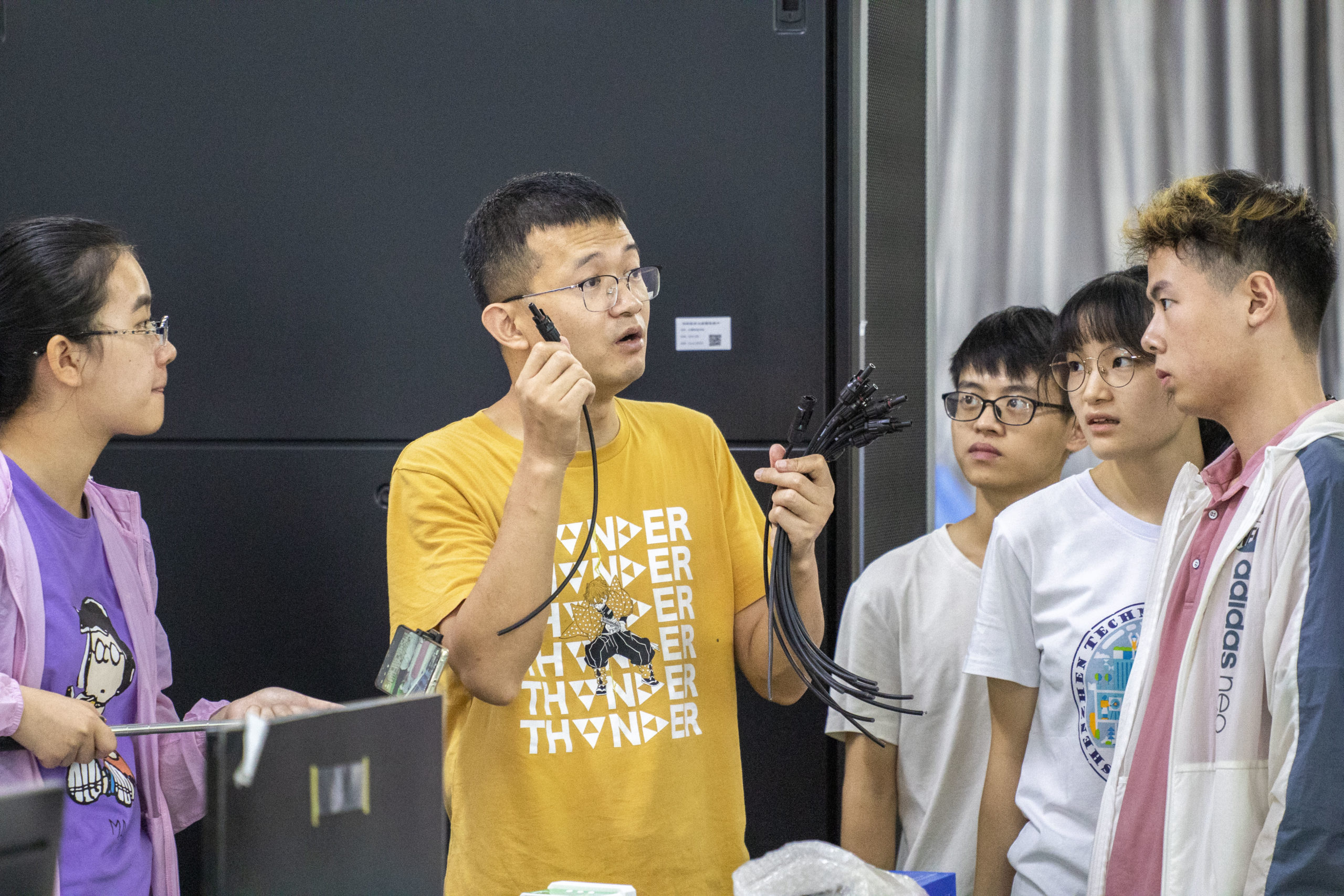
Prof. Jiang Biguang presenting a lecture to his students at SZTU on electrical wirings.
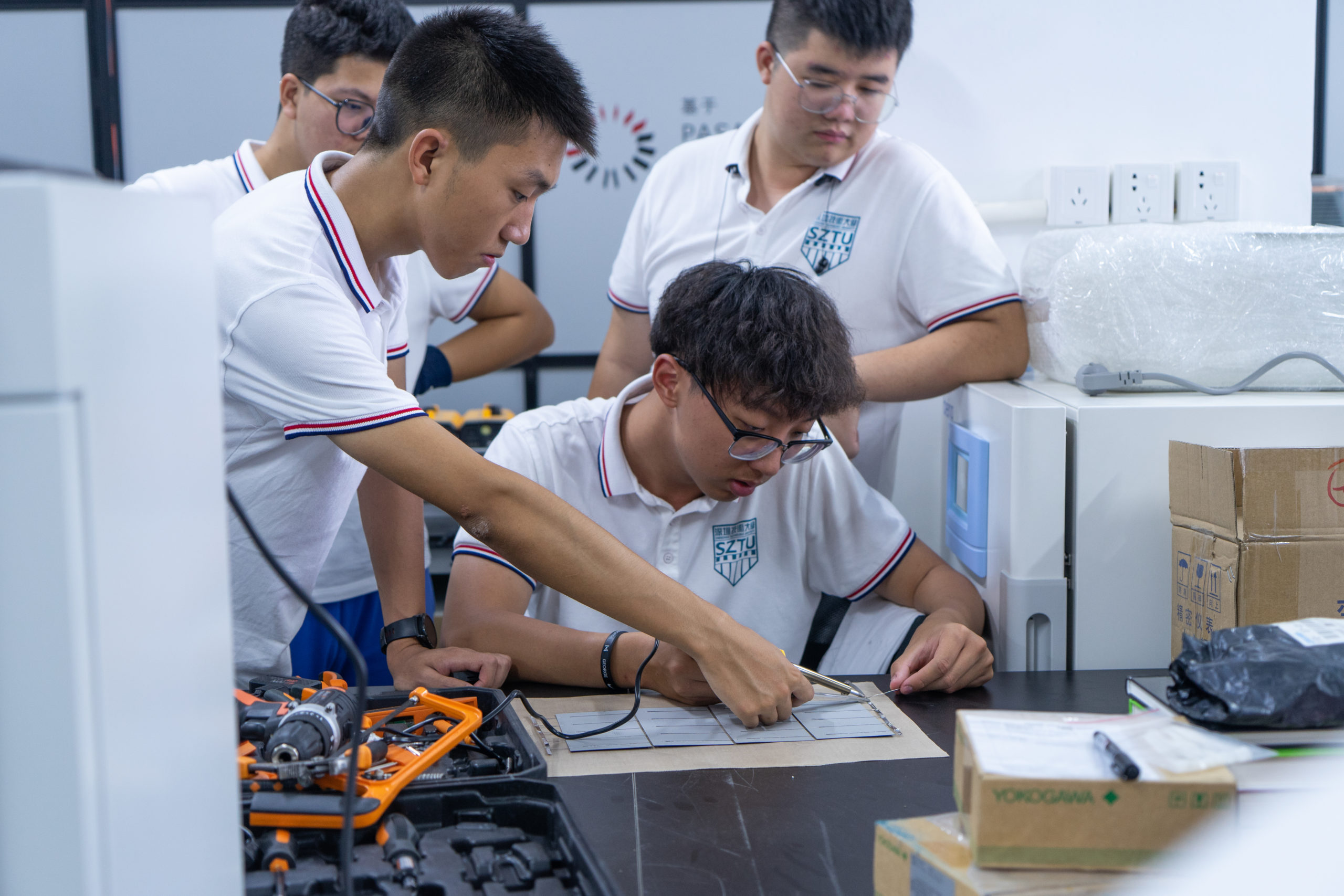
SZTU students working on their Solar-powered Thermal Baker Prototype.
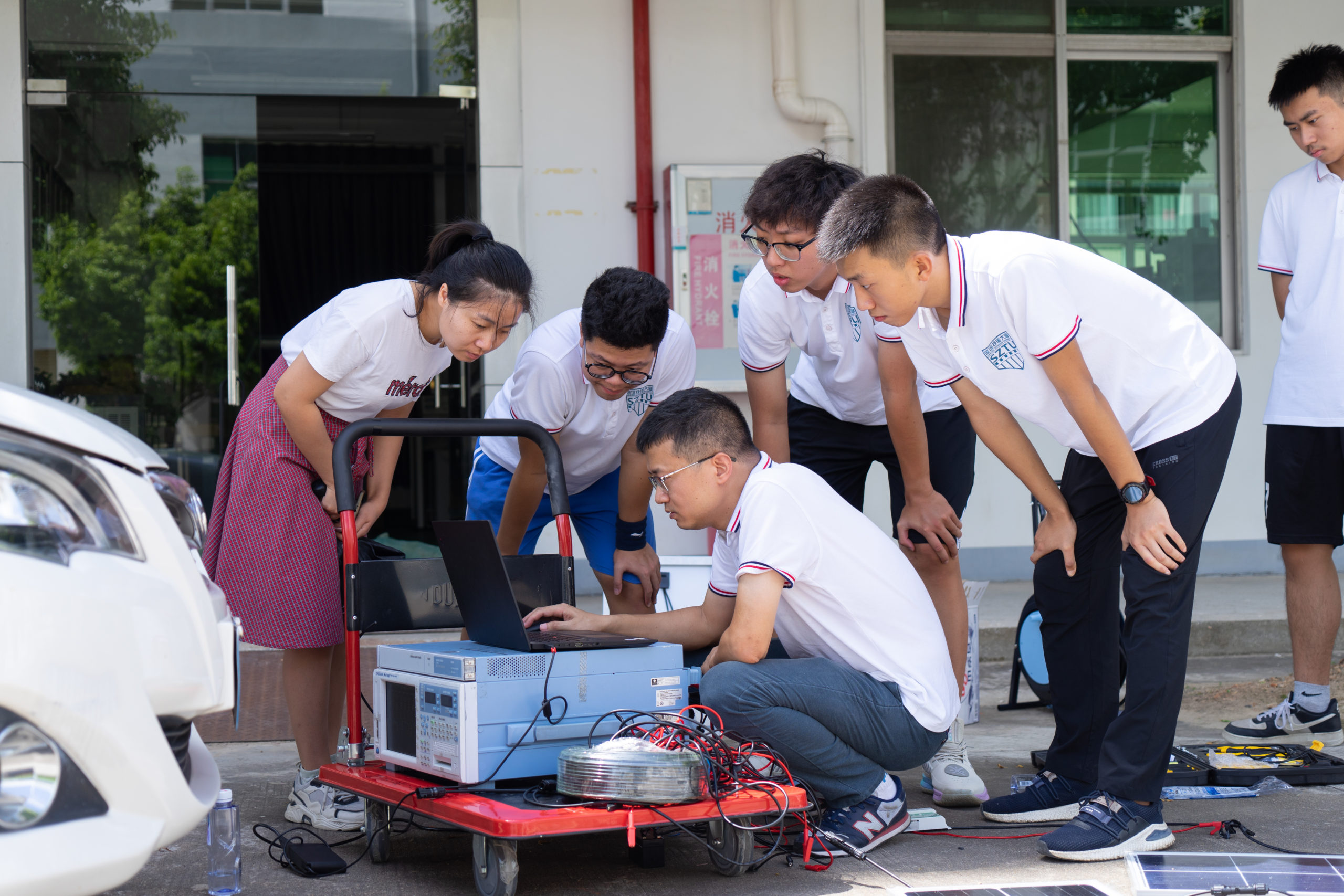
SZTU students testing their prototype outdoors and collecting data.
On the Final Day, we went to the field to collect our prototypes and brought them back to analyse the data collected. We were checking on our progress varying from the number of mosquitos that we had caught to the power consumption of the prototype.
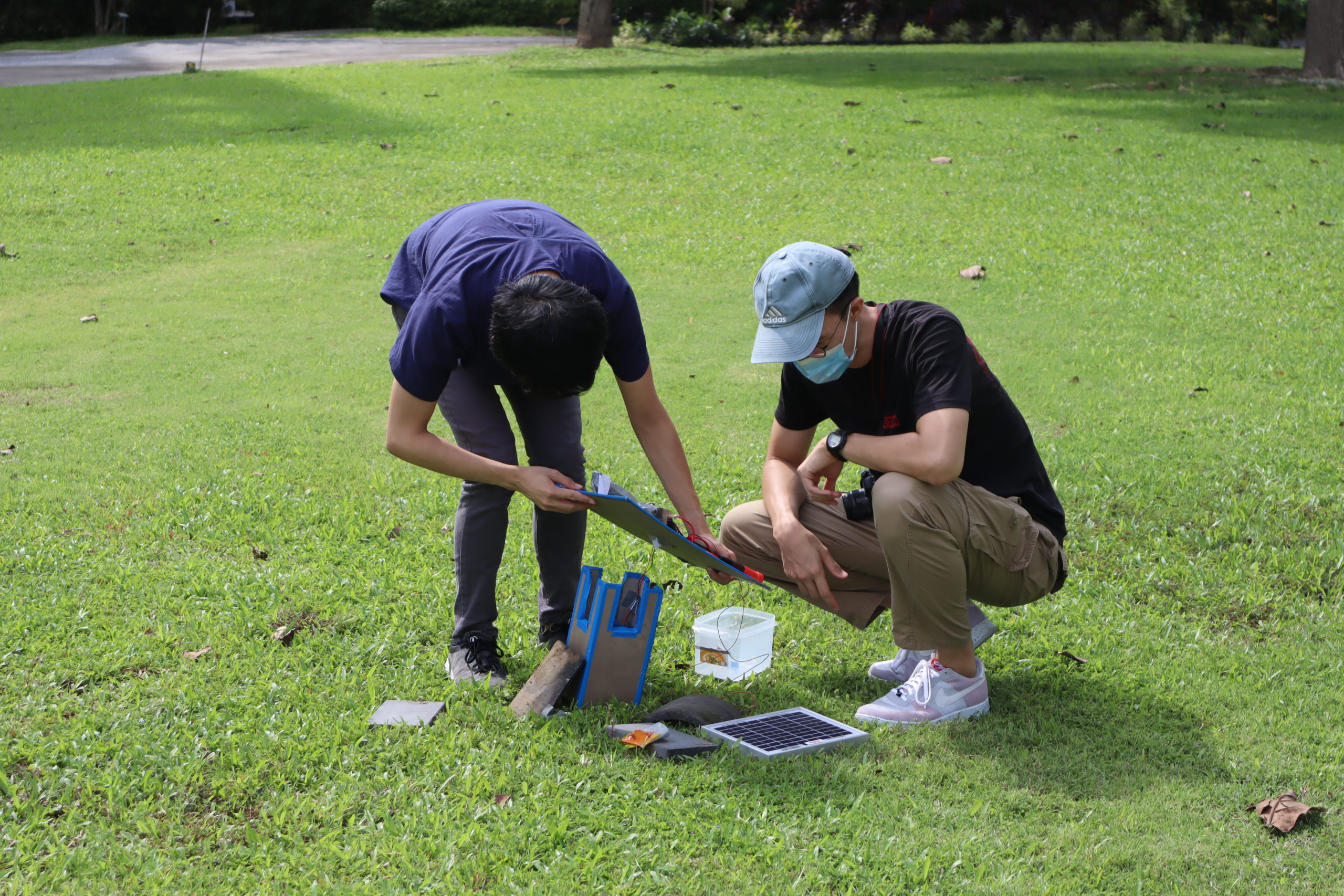
SUTD students checking their progress out in the field.
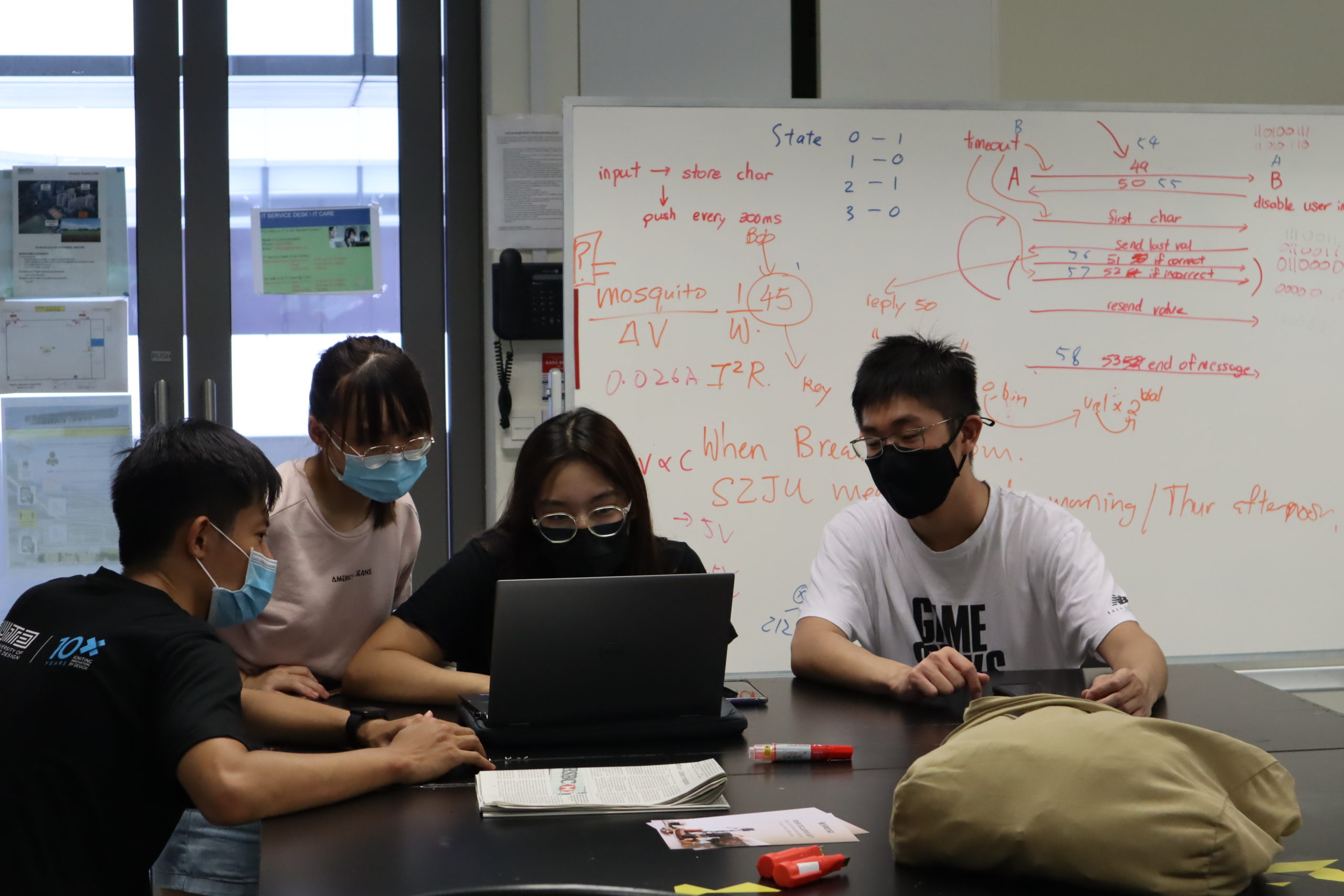
SUTD students analysing the data collected in the Lab.
As for our buddies at SZTU, they were testing theirs. They were drying various fruits from mangoes, lemons and kiwis.
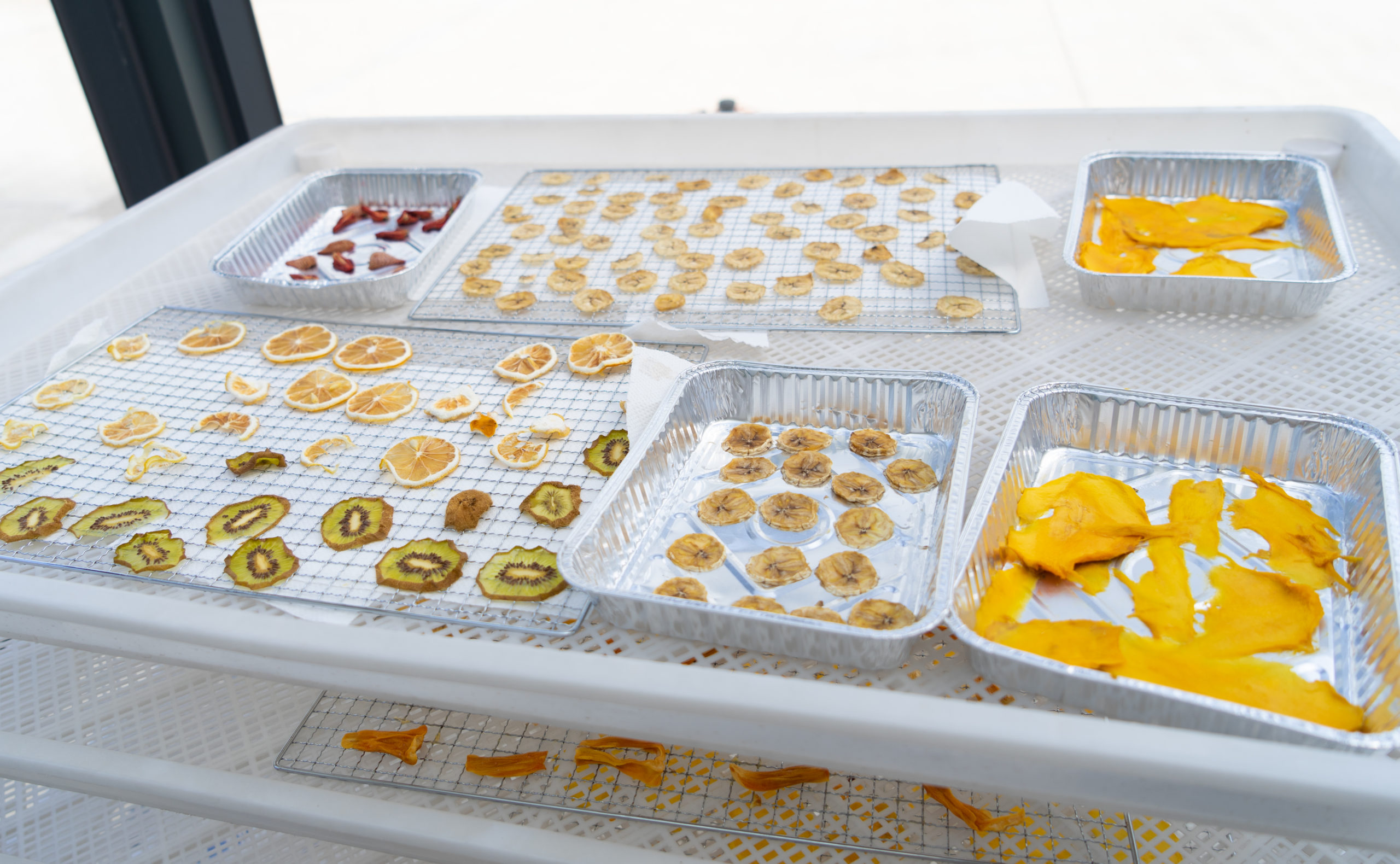
SZTU students preparing various fruits to dry via their Solar-powered Thermal Baker.
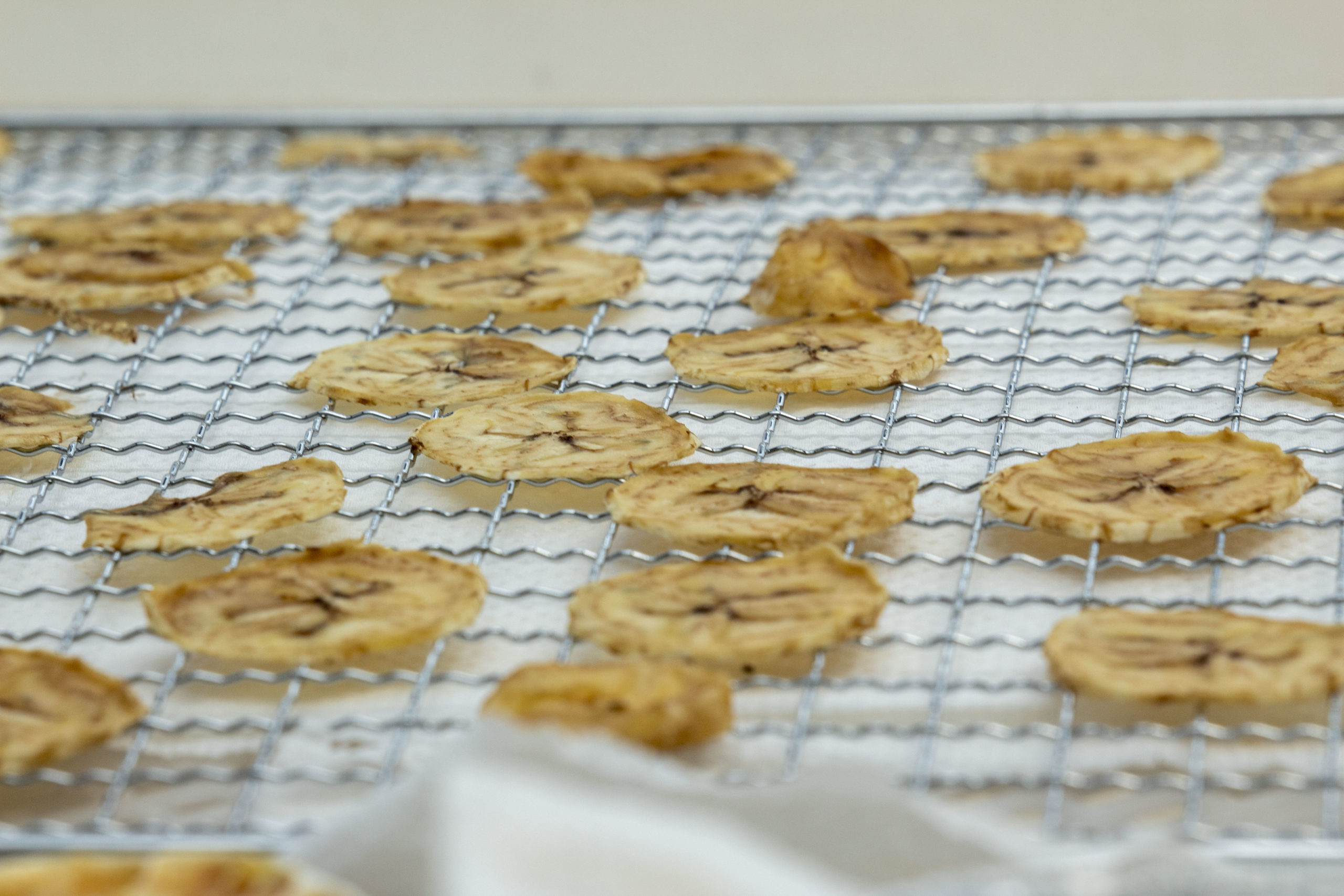
The final products of the prototypes were made by SZTU students.
Soon, we came together to share our projects. We had all conducted a final presentation for everyone to see and we celebrated the fruits of our efforts. While it saddened us that we had to end the programme after 4 short days, we were glad that we had connected and formed our groups over WeChat. Despite the distance, we were glad to have met one another during this programme.
Looking back on this programme, I was glad that I had signed up for this FACT programme. Despite the restrictions arising from the Covid-19 pandemic, both SUTD and SZTU professors gave their all in creating an educational programme. Staff from both SUTD and SZTU worked together in connecting and ensuring a smooth programme flow. The student mentors assisted us throughout the prototyping process and took pictures as memories for us. Finally, the peers, whom I have met and made friends, made this an enriching and enjoyable experience for me.
To those who wish to explore beyond their university curriculum, grab the next FACT opportunity that comes. It may unexpectedly be an enlightening experience for you – one that you may enjoy and learn a lot from!
Signing off,
Issac J




















